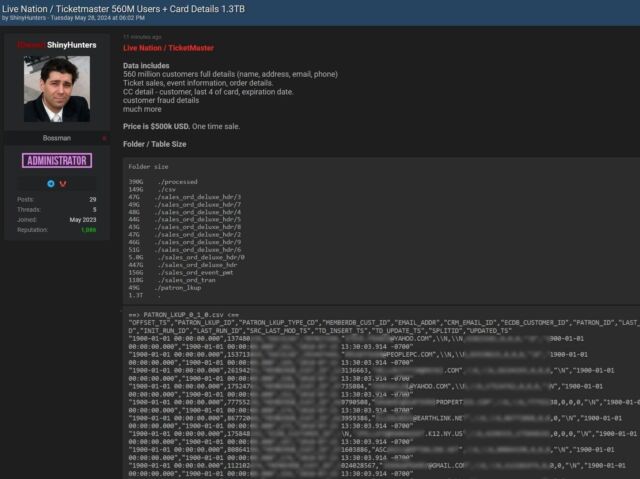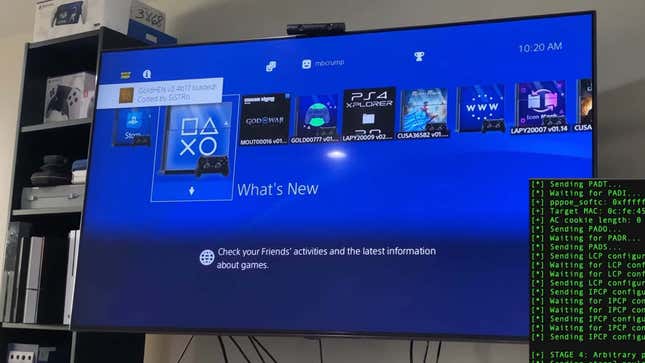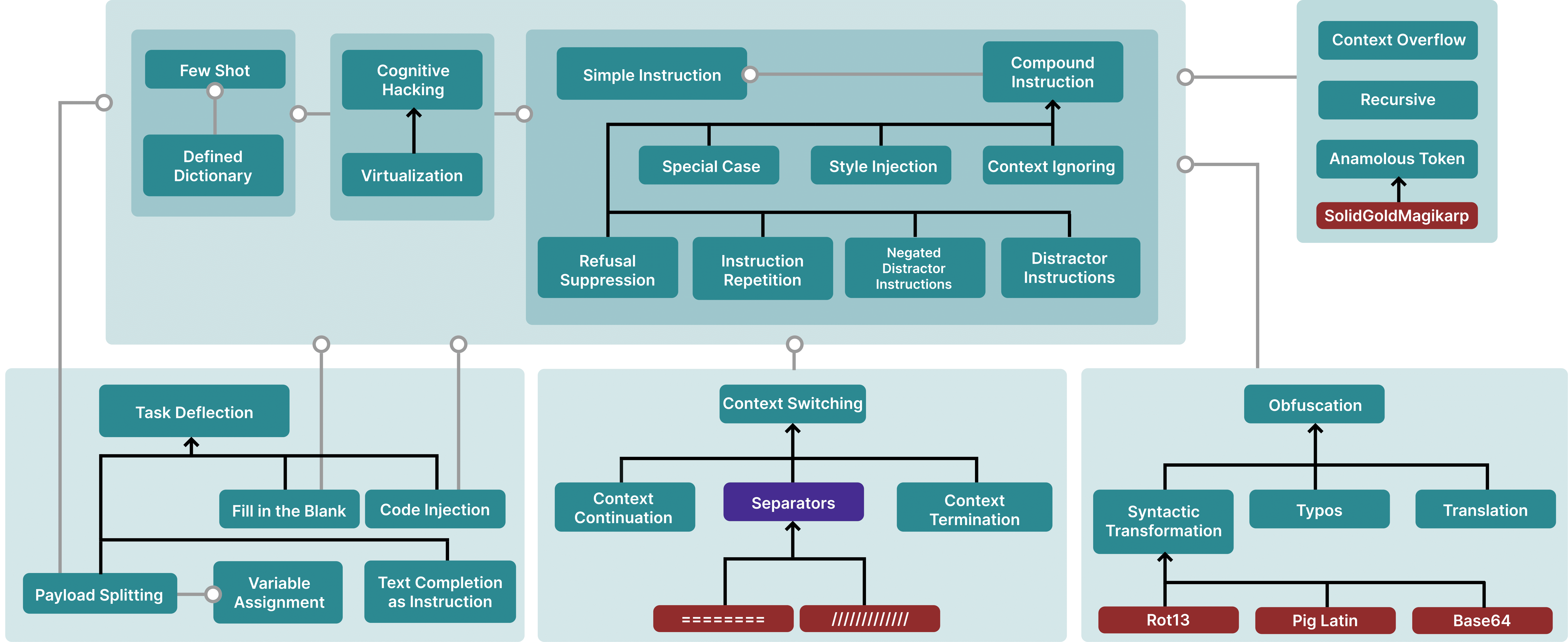Unknown attackers stole millions of customer support tickets, including personal information, emails to support, and attachments, including personal documents, from mSpy in May 2024. While hacks of spyware purveyors are becoming increasingly common, they remain notable because of the highly sensitive personal information often included in the data, in this case about the customers who use the service.
The hack encompassed customer service records dating back to 2014, which were stolen from the spyware maker’s Zendesk-powered customer support system.
mSpy is a phone surveillance app that promotes itself as a way to track children or monitor employees. Like most spyware, it is also widely used to monitor people without their consent. These kinds of apps are also known as “stalkerware” because people in romantic relationships often use them to surveil their partner without consent or permission.
The mSpy app allows whoever planted the spyware, typically someone who previously had physical access to a victim’s phone, to remotely view the phone’s contents in real-time.
As is common with phone spyware, mSpy’s customer records include emails from people seeking help to surreptitiously track the phones of their partners, relatives, or children, according to TechCrunch’s review of the data, which we independently obtained. Some of those emails and messages include requests for customer support from several senior-ranking U.S. military personnel, a serving U.S. federal appeals court judge, a U.S. government department’s watchdog, and an Arkansas county sheriff’s office seeking a free license to trial the app.
Even after amassing several million customer service tickets, the leaked Zendesk data is thought to represent only the portion of mSpy’s overall customer base who reached out for customer support. The number of mSpy customers is likely to be far higher.
Yet more than a month after the breach, mSpy’s owners, a Ukraine-based company called Brainstack, have not acknowledged or publicly disclosed the breach.
Troy Hunt, who runs data breach notification site Have I Been Pwned, obtained a copy of the full leaked dataset, adding about 2.4 million unique email addresses of mSpy customers to his site’s catalog of past data breaches.
[…]
Some of the email addresses belong to unwitting victims who were targeted by an mSpy customer. The data also shows that some journalists contacted the company for comment following the company’s last known breach in 2018. And, on several occasions, U.S. law enforcement agents filed or sought to file subpoenas and legal demands with mSpy. In one case following a brief email exchange, an mSpy representative provided the billing and address information about an mSpy customer — an alleged criminal suspect in a kidnapping and homicide case — to an FBI agent.
Each ticket in the dataset contained an array of information about the people contacting mSpy. In many cases, the data also included their approximate location based on the IP address of the sender’s device.
[…]
The emails in the leaked Zendesk data show that mSpy and its operators are acutely aware of what customers use the spyware for, including monitoring of phones without the person’s knowledge. Some of the requests cite customers asking how to remove mSpy from their partner’s phone after their spouse found out. The dataset also raises questions about the use of mSpy by U.S. government officials and agencies, police departments, and the judiciary, as it is unclear if any use of the spyware followed a legal process.
[…]
This is the third known mSpy data breach since the company began in around 2010. mSpy is one of the longest-running phone spyware operations, which is in part how it accumulated so many customers.
[…]
the data breach of mSpy’s Zendesk data exposed its parent company as a Ukrainian tech company called Brainstack.
[…]
Source: Data breach exposes millions of mSpy spyware customers | TechCrunch





 Cloud storage provider Snowflake said that accounts belonging to multiple customers have been hacked after threat actors obtained credentials through info-stealing malware or by purchasing them on online crime forums.
Cloud storage provider Snowflake said that accounts belonging to multiple customers have been hacked after threat actors obtained credentials through info-stealing malware or by purchasing them on online crime forums.









 Figure 5: A Taxonomical Ontology of Prompt Hacking techniques. Blank lines are hypernyms (i.e., typos are an instance of obfuscation), while grey arrows are meronyms (i.e., Special Case attacks usually contain a Simple Instruction). Purple nodes are not attacks themselves but can be a part of attacks. Red nodes are specific examples.
Figure 5: A Taxonomical Ontology of Prompt Hacking techniques. Blank lines are hypernyms (i.e., typos are an instance of obfuscation), while grey arrows are meronyms (i.e., Special Case attacks usually contain a Simple Instruction). Purple nodes are not attacks themselves but can be a part of attacks. Red nodes are specific examples. 
